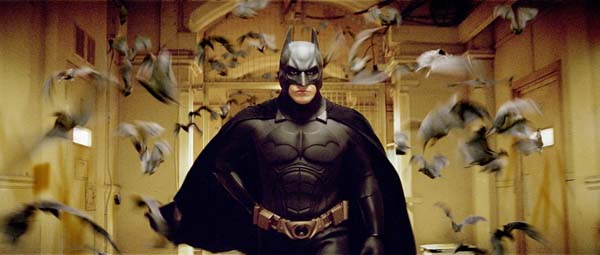Dragons are fantastic creatures of our imaginations, so they do not follow many of the rigid laws of natural science. They breathe unlimited amounts of fire, can endure extreme heat and they can fly despite their massive size. But perhaps the most unrealistic feature of dragons is the fact that they have an unnatural number of limbs.
All vertebrate animals on Earth follow a simple rule: they are four-legged creatures, also called tetrapods. The limbs may have devolved away such as in whales and snakes, but they remain as vestigial structures or still encoded for in the genes. Birds and bats have adapted their upper limbs into wings to fly, but the total number of limbs is still four.
How many limbs does a dragon have? They have four legs that they stand on, but also two large membranous wings like a bat. This means that they have a total of six limbs. The only other animals that share this trait are insects and other mythical creatures such as the centaur and pegasus.
To be a vertebrate with six limbs, a dragon must have evolved from an ancestor separate to Tetrapodomorpha, an ancient fish-like creature with four limbs that is the common ancestor to all four-legged beasts. Alternatively, the wings may not be true “limbs” and be similar to flying lizards that evolved to have a rib jut out with a membrane attached to act as a glider.
Unlike the scientifically inaccurate dragon, a wyvern obeys nature’s four-leg rule. Furthermore, unlike the traditional Western dragon that we have been describing, dragons of the Far East have no wings and four limbs, also obeying the law.
As ridiculous as it may sound, applying scientific principles to our imagination allows us to learn more about how our world works.



